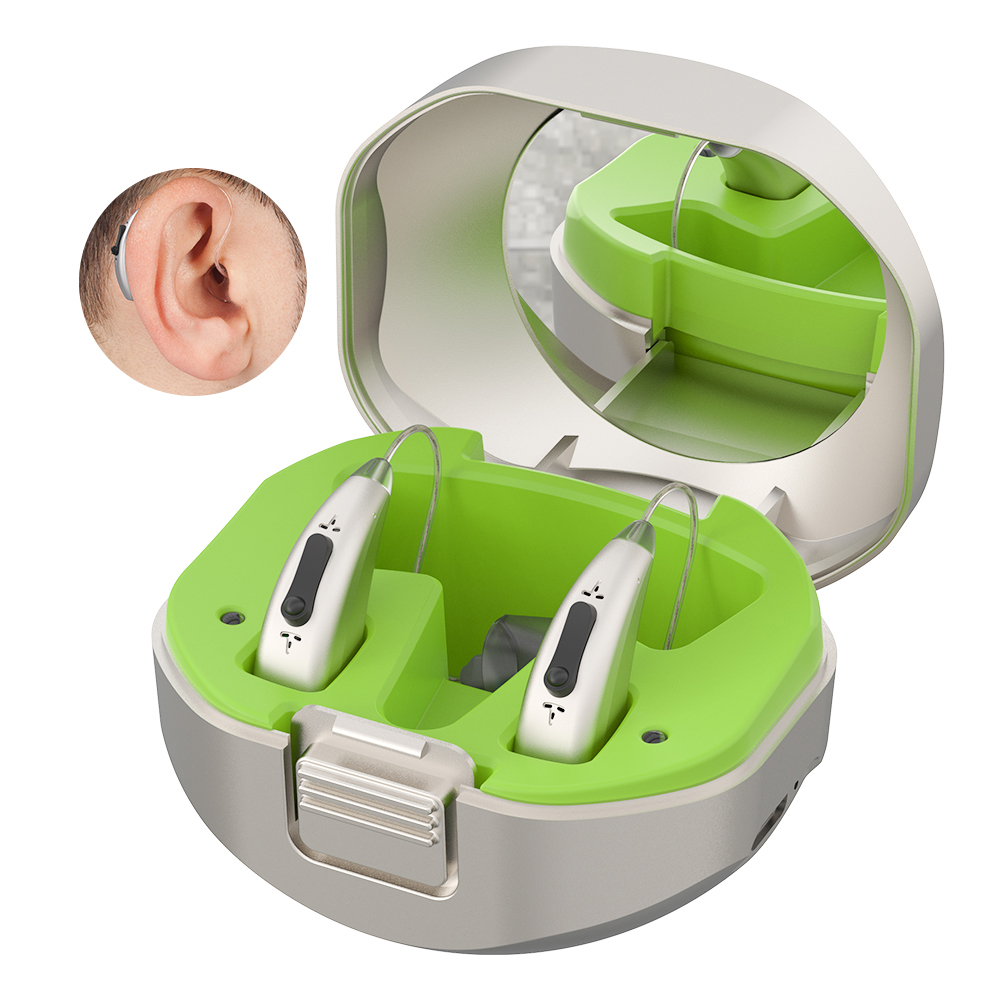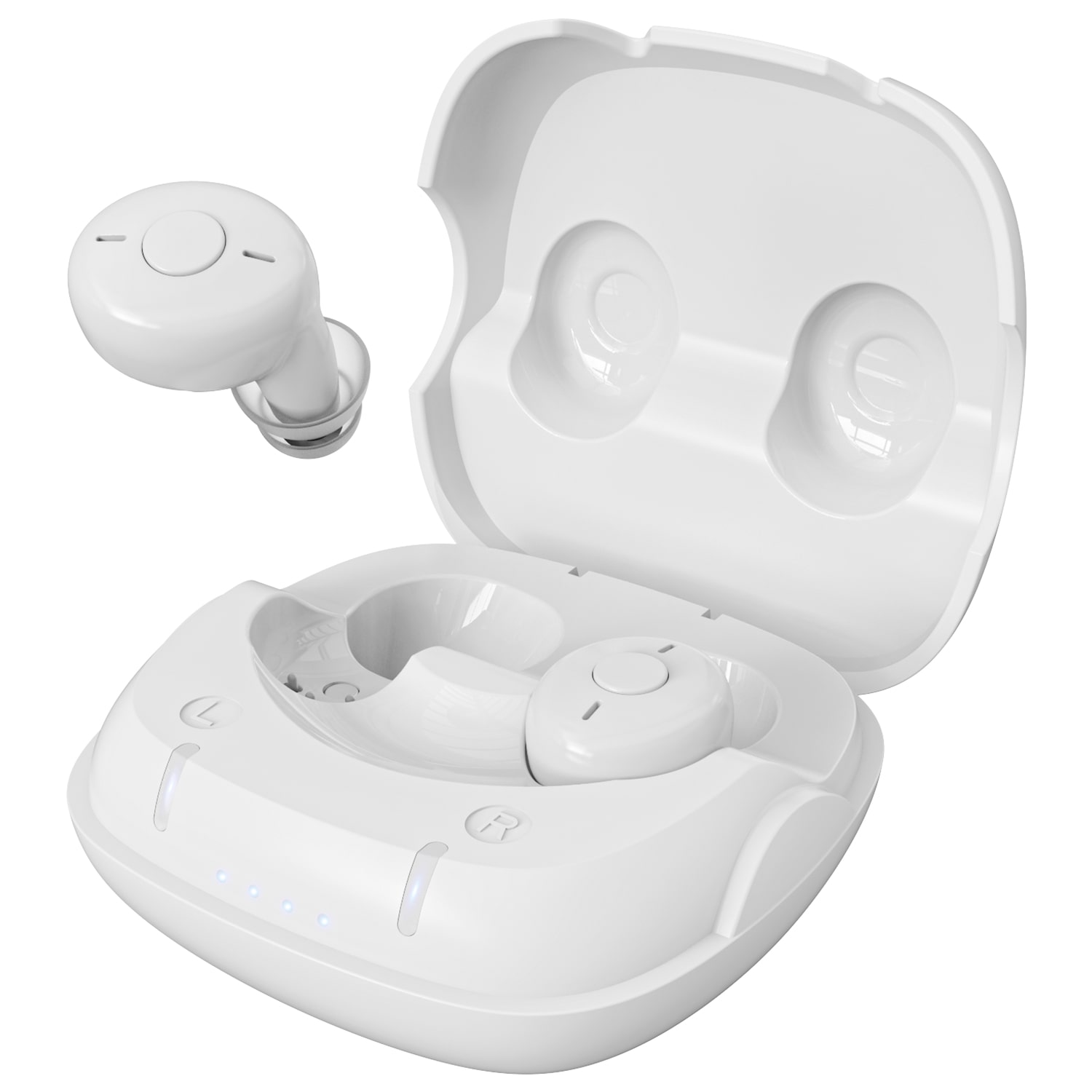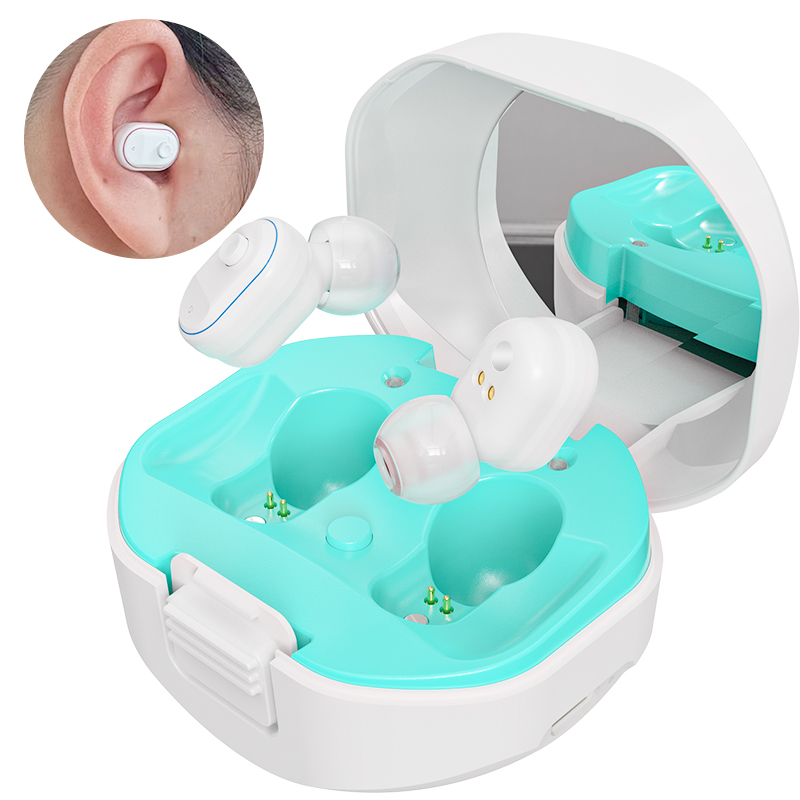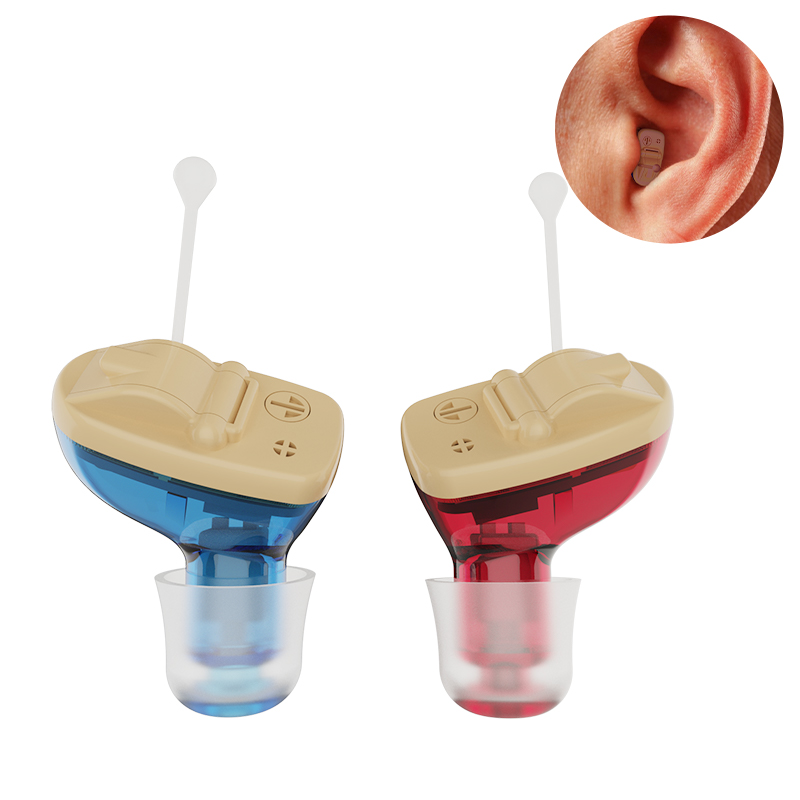Choosing the Right Hearing Amplifier for Your Needs
Are you struggling with hearing loss and finding it difficult to follow conversations? A hearing amplifier may be the solution you need. With the advancements in technology, these devices have become more effective and user-friendly than ever before. However, with so many options available in the market, it can be challenging to choose the right hearing amplifier for your specific needs. In this article, we will provide you with some tips and considerations to help you make an informed decision.
Different Types of Hearing Amplifiers
There are several types of hearing amplifiers available in the market today. Let’s take a look at some common options:
- Behind-The-Ear (BTE) Hearing Amplifiers: These devices rest comfortably behind the ear and are connected to a custom-made earmold that fits inside your ear. BTE amplifiers are suitable for individuals with moderate to severe hearing loss.

Open-Ear Hearing Aid BTE RIC Digital Rechargeable Amplifier Earing Aid for Deaf
- In-The-Ear (ITE) Hearing Amplifiers: These devices are custom-made to fit directly into the ear canal. They are less visible than BTE amplifiers and are suitable for mild to moderate hearing loss.
Pocket Hearing Aids Analog Rechargeable ITE Sound Amplifier Hearing Aid
- In-The-Canal (ITC) Hearing Amplifiers: These devices are similar to ITE amplifiers but are smaller in size and fit partially into the ear canal. They provide a natural sound experience and are suitable for mild to moderate hearing loss.
Digital Hearing Aids ITC Rechargeable Bluetooth App Controlled Hearing Aid
- Completely-In-Canal (CIC) Hearing Amplifiers: CIC amplifiers are the smallest and least visible types of hearing amplifiers. They fit entirely inside the ear canal, making them almost invisible. They are suitable for individuals with mild to moderate hearing loss.
CIC Hearing Aid Analog 10A Battery Hearing Amplifier Aid
Understanding Your Hearing Loss
Before selecting a hearing device, it’s essential to understand the nature and extent of your hearing loss. This helps ensure you choose a solution that addresses your specific needs. Hearing loss can vary in frequency and intensity, with some devices focusing on specific frequencies and others offering a broader amplification range. Consulting an audiologist can help determine the best options for your situation.
Key Features to Consider
When choosing a hearing device, keep these key factors in mind:
- Sound Quality: Look for a device that provides clear and natural sound. Some models feature noise reduction and feedback cancellation to enhance your listening experience.
- Comfort and Fit: Choose a model that fits comfortably in your ear. An ill-fitting device may cause discomfort and may not provide optimal performance.
- Battery Life: Consider how long the device’s battery lasts. A longer battery life means less frequent replacements, making it more convenient for daily use.
- User-Friendly Controls: Select devices with easy-to-use controls that let you adjust settings, such as volume, based on your preferences.
Seeking Professional Assistance
While it’s possible to buy these devices online or over-the-counter, it’s advisable to seek professional advice. An audiologist can help you identify the right product, ensure a proper fit, and provide ongoing adjustments. Their expertise can maximize the benefits of your device, ensuring it works optimally for your hearing needs.
Conclusion
A hearing aid can greatly improve your quality of life by enhancing communication and helping you hear more effectively. By understanding your hearing loss and evaluating key features, you can make a more informed decision. Professional assistance is also crucial for selecting the right device and ensuring a proper fit. With the right device, you can regain confidence and enjoy better hearing in daily life.
In this article, we’ve covered essential considerations to help guide your choice of a suitable device. By following these tips, you’ll be on your way to choosing the most suitable solution for your hearing needs.



